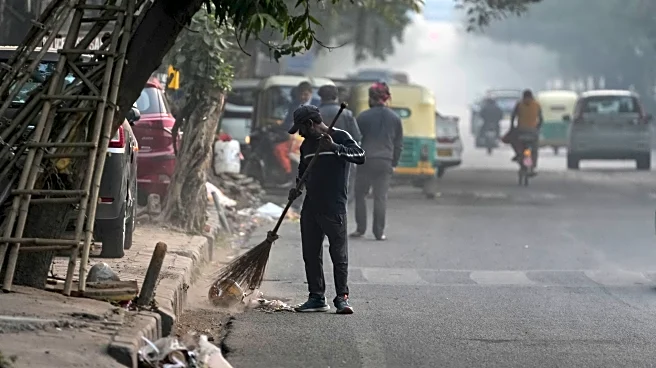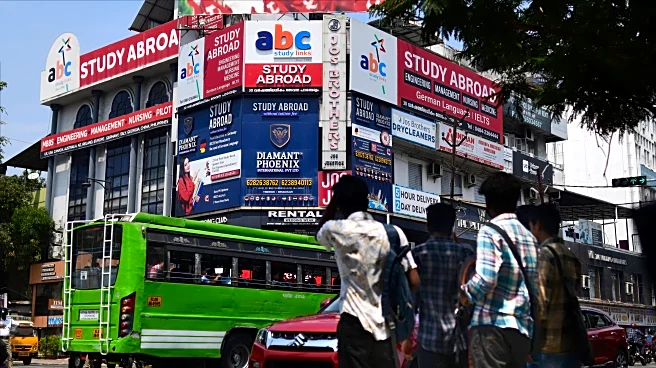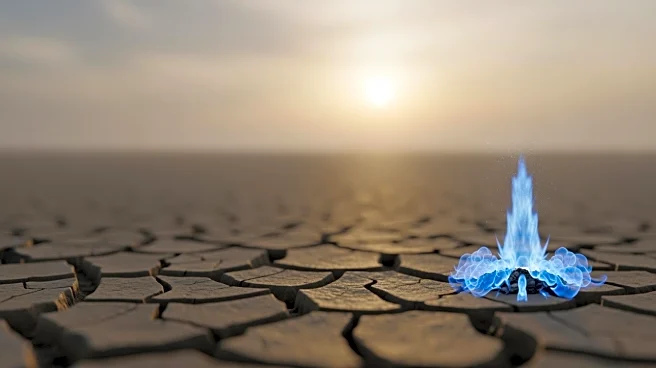NEW DELHI (AP) — For nearly two months, thick layers of toxic smog have enveloped New Delhi, where residents say all they want is their right to breathe clean air.
The acrid smell is not just making their
lives miserable — the surging pollution is worsening a public health crisis . Government efforts to fix the National Capital Region, which includes New Delhi and is home to over 46 million people, have not worked.
Indian representatives may well be at the global climate talks in Brazil, where envoys are trying to find ways to reduce carbon pollution, but that has not given this city any tangible hope.
Interventions such as temporarily shutting down polluters and reducing movement of cars and vehicles through New Delhi — as well as more controversial methods like cloud seeding — have made little difference.
In the winter months, smog affects every aspect of daily life in one of the world's most polluted cities.
Mornings start like those in other major cities — municipal workers clean streets, commuting workers wait at bus stops and the health conscious exercise alone or in groups at lush neighborhood parks.
But health officials advise people to limit outdoor activity when the pollution is high, saying the risks of breathing the dirty air outweigh the benefits.
Many residents now say they forgo morning walks altogether and stay indoors to avoid coughing fits.
By the midmorning rush hour, cars and other vehicles jam the main roads, their exhaust fumes adding to the gray cloud hanging over the city.
City officials have tried spraying the roads with water cannons to get the dust to settle, but it's only effective in the short term and only used in central locations.
New Delhi resident have taken to the streets recently, mostly on weekend afternoons, to protest government inaction against increasing pollution.
Protesters usually wear gas masks and hold banners reading: “Help us breathe.”
The end of the workday sees another rush hour, with reduced visibility adding to the dangers of commuting back home.
As the day winds down, people shop at markets or stroll though the iconic Delhi center that's home to monuments like the India Gate.
But even a casual stroll brings awareness of the smog, which often obscures buildings a short distance away.
Finally, the city falls quiet. Inside homes, air purifiers work hard but are often unable to filter all the pollution, leaving residents without a breath of clean air.
“The last two months have been miserable,” Renuka Jasra said. The 54-year-old teacher lives in a small ground-floor apartment in the south of the city. “I have breathing difficulties and have had to get medical care.”
For those who go for night walks, there is also no respite.
“Even masks don’t seem to work,” said Akshay Savoor, 35. “A burning smell comes through even when masked up.”
___
Arasu reported from Bengaluru, India.
___
The Associated Press’ climate and environmental coverage receives financial support from multiple private foundations. AP is solely responsible for all content. Find AP’s standards for working with philanthropies, a list of supporters and funded coverage areas at AP.org.
___
This is a photo gallery curated by AP photo editors.













